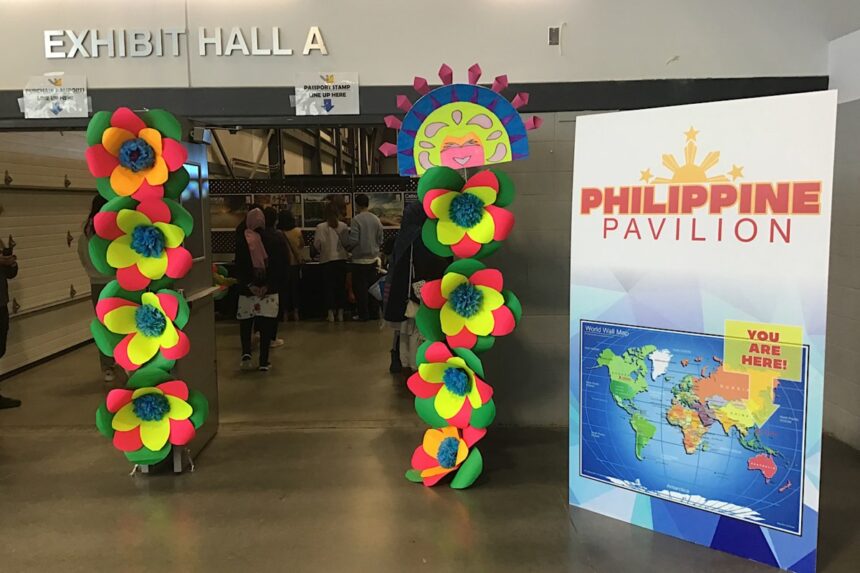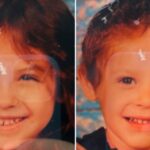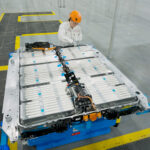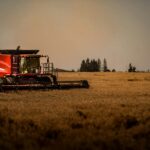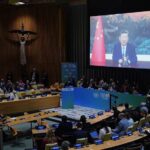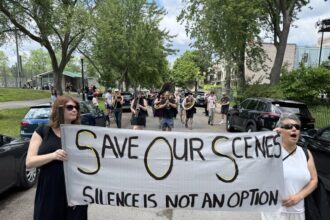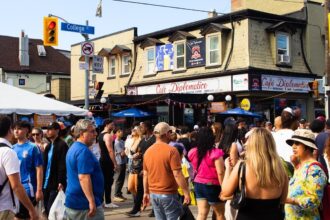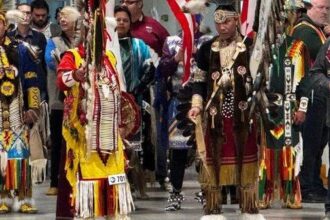The rhythmic pulse of drums, the swirl of colorful fabrics, and the intoxicating aromas of global cuisines will soon fill Regina’s streets as the city prepares for its 55th annual Mosaic Festival. What began as a modest cultural exchange in 1967 has evolved into one of Saskatchewan’s most vibrant celebrations of diversity, returning June 6-8 after a four-year pandemic-induced hiatus.
The anticipation is palpable. As I spoke with organizers and longtime attendees, there’s a sense that this year’s milestone anniversary carries special significance beyond the typical jubilation. In a world increasingly fragmented by political divisions, Mosaic stands as a testament to Regina’s commitment to cultural celebration and communion.
“People are hungry for connection,” explains Nish Prasad, chairperson of the Regina Multicultural Council. “After years apart, this festival isn’t just about showcasing cultures—it’s about reclaiming our shared spaces and rebuilding community bonds that were strained during isolation.”
This year’s festival will feature 20 pavilions spread across the city, each representing distinct cultural communities. From the Ukrainian pavilion’s heart-stirring folk dances to the spice-laden delicacies of the Indian pavilion, visitors can embark on a global journey without leaving city limits. The festival’s passport system remains a cherished tradition, allowing guests to collect stamps from each visited pavilion—a tangible record of their cultural expedition.
What strikes me about Mosaic is how it transcends simple cultural tourism. Beyond the performances and cuisine lies something more profound: authentic cultural exchange. Unlike commercialized versions of multiculturalism that often reduce rich heritages to consumable stereotypes, Mosaic pavilions are created and staffed by community members sharing genuine expressions of their identities.
The historical context here matters. The festival emerged during Canada’s centennial celebrations, when the country was actively reconfiguring its national identity around the concept of multiculturalism. Regina’s Mosaic became a grassroots manifestation of this evolving national ethos, predating even official federal multiculturalism policy by several years.
“The first festival was revolutionary for its time,” notes Regina historian Claire Matheson. “In 1967, these communities weren’t just sharing food and dance—they were asserting their place in the Canadian mosaic, demanding recognition at a time when assimilation was still the dominant expectation.”
This year’s return also coincides with challenging global circumstances. As conflicts rage across multiple continents and polarization intensifies, festivals like Mosaic offer rare neutral ground for cross-cultural understanding. The Greek pavilion will share space with the Turkish pavilion. The Israeli and Palestinian communities will occupy the same festival. In microcosm, Mosaic demonstrates possibilities for coexistence that seem increasingly elusive on the world stage.
For newer Canadians, the festival serves as both welcome mat and showcase. “When I first arrived in Regina six years ago, Mosaic was where I felt truly seen,” shares Mei Lin, who now helps organize the Chinese pavilion. “It wasn’t just that I could find familiar food or music—it was seeing my culture celebrated by the broader community that made me feel I belonged.”
The economic impact shouldn’t be overlooked either. In previous years, the festival has drawn upwards of 100,000 visitors, generating significant revenue for local businesses and participating cultural organizations. After years of pandemic-related economic challenges, this injection of activity comes at a crucial moment for Regina’s cultural sector.
Transportation between venues remains streamlined, with dedicated shuttle services connecting pavilions. The $20 adult passport ($15 for youth) provides remarkable value, granting access to all pavilions throughout the three-day celebration. Individual pavilion entry is available for $8, though the passport experience—complete with stamps—remains the quintessential Mosaic experience.
As Regina prepares to transform into a global village for three days, the festival serves as a powerful reminder of what makes Saskatchewan unique. In a province often overlooked in national conversations about diversity, Mosaic stands as evidence of rich multicultural traditions that have been cultiv

